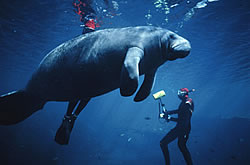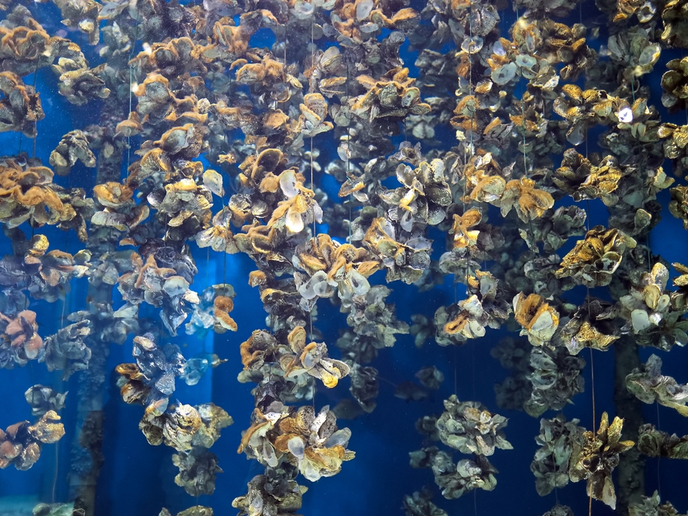MERAMOD - a predictive model for aquaculture
Aquaculture is the cultivation of natural products, mainly fish but also shellfish and plants, in bodies of water across the planet such as seas and oceans. Data collected by the Food and Agriculture Organization of the United Nations shows a meteoric rise in the percentage of fish supplied from aquaculture over the past two decades. Mediterranean aquaculture is at the forefront, hinging on two species: sea bass (Dicentrarchus labrax) and sea bream (Sparus aurata). As the number of cage farms throughout the Mediterranean increases, so do fears about what effects this is having on the marine environment. Prior to the MERAMED project, the threat to the benthic, or bottom-dwelling, community had not been studied in depth. Measurements of solid waste deposition were made, including estimates of settling velocities. Solid waste derives from uneaten food and faecal material. MERAMOD was developed based on relationships identified between fluxes to the sea bottom and various parameters, such as tidal and weather conditions, stock levels, cage geometry, feed types and feed distribution schemes. Changes in the benthic community were expressed in the form of various indexes based on measures of biomass and biodiversity or some ratio of the two (e.g. Simpson's Diversity Index). MERAMOD output compared adequately with the indexes, though some discrepancies were identified, particularly for biomass. However, this shortcoming can be compensated for by defining an Envelope of Acceptable Precision, thereby avoiding flawed results. MERAMOD represents the first comprehensive attempt to incorporate the benthic component into an aquaculture model. It is of value to a large number of entities involved in aquaculture, from the actual aquafarmers themselves to governing bodies to environmental consultants. A multi-faceted, multi-media dissemination campaign is underway by the MERAMED consortium to spread the word about MERAMOD. Despite its focus on the Mediterranean case, MERAMOD can also be extended to address other regions and other fish types.







